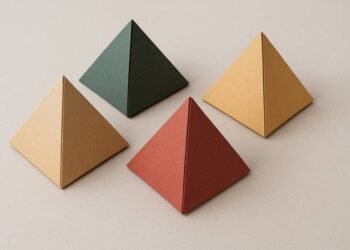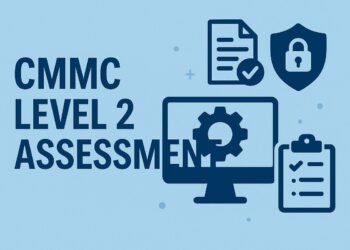Diamonds Processing is not an easy task. It requires long and painstaking work from the craftsman along with using the technology.
This piece is intended for both diamond wedding jewelry manufacturers in Kolkata and customers who are eager to know about the process of producing a diamond.
Here has been documented the process of diamond-producing step-by-step. We all admire diamonds. Diamonds are rare and precious. But did it ever occur to you how they’re being produced?
From diamond mine to jewelry store to the owner’s engagement ring finger, every diamond travels a long and detailed process of planning, cutting, polishing, and grading.
After the long formation process deep under the earth, when a diamond is extracted from the mine, it remains in a rough, raw state. After the extraction process, it begins on its next journey to become a polished diamond.
In the last 30 years, computerization and digitization have completely changed the diamond production process. Many diamond wedding jewelry manufacturers in Kolkata are aware of the use of technology and how it has enabled far greater levels of precision.
The use of technology has impacted the diamond retail industry also. It has enabled the development of special cuts and higher standards of diamond beauty.
This piece is intended to talk about diamond manufacturing and explore how technology integrates with every stage of diamond processing.
Let’s Know How Diamonds Are Produced?
#1. Inclusion Mapping
For diamond manufacturers, maximizing the return and quality of the polished diamond, which can be cut from the rough, is important. As one of the diamond jewelry wholesalers in Kolkata, the best decision is to cut a rough diamond.
This is the first thing to undergo rough planning. Inclusion mapping is the first stage of rough planning. The rough diamond is scanned by a machine that creates a precise image or a map of the diamond showcasing comprehensive 3D visual information about its physical inclusions and flaws such as size, shape, and location.
#2. Planning
After inclusion mapping comes the planning, planning is carried out by software that uses the inclusion map of the rough diamond to extract the polished diamonds. The advantage of using software is that it can plan many different cutting options taking no time at all.
Additionally, a diamond planner can give specific filters and parameters like size, clarity, and value to create cutting plans that deliver polished diamonds as requested by the manufacturers’ clients.
Thus, computerized planning enables maximum return and profit of polished diamonds – both in weight and quality. This also increases the efficiency in matching customer demand.
#3. Sawing & Shaping
After the final cutting plan is decided, the next stage is sawing the rough diamond into segments and shaping it into a round in preparation for more refined polishing and finishing.
Sawing a rough diamond is a tough task. Even the smallest departure from the same saying can put the diamond at risk. Use of technology minimizes the risk of damage to the rough diamond.
#4. Polishing & Finishing
A wholesaler of the best diamond jewelry in Kolkata is aware that the polishing and finishing of diamond production requires the highest level of attention and accuracy.
Computerized software enables the diamond cutter to measure and analyze diamonds across the polishing process to ensure adherence to the cutting plan. Use of computers and technology has achieved greater precision than could be achieved with manual assessment.
#5. Laser Inscribing
Each polished diamond needs to be inscribed with an ID number. That number correlates with its lab report. Inscription processes are not visible to the naked eye.
However, personalized inscriptions like love messages help to strengthen buyers’ personal connection with the diamond. As a result, many diamond wedding jewelry manufacturers in Kolkata are aware of it and take action on it.
#6. Grading & Imaging
Since the 1950s, the 4Cs grading system has been the industry standard for grading diamonds. In addition, diamond scanning and measurement technologies like cut and symmetry grading revolutionized the way diamonds are graded.
They enable accurate standardization that the subjective perception of humans cannot achieve.
#7. Diamond Report
Diamond report – it is the final stage. Here, generating a report at a gemological lab is the final stage of producing diamonds for sale in the retail environment. The diamond report provides a written account of the diamonds’ gradings and features.
As a seller of the best diamond jewelry in Kolkata, it is important to understand what the report offers. The report helps to verify the diamond’s value and authenticity and builds confidence during the sales process.
In addition, the diamond’s ID inscription’s cross-verified process makes the diamond report an important component of the diamond’s overall position in the market.
The journey of a diamond is long and complex. It requires incredible skill and professional knowledge, and access to a high level of technologies to produce a diamond.
Use of technology is making the industry more and more sophisticated. This ultimately changing the industry, as a whole, along with buyers’ benefit.
- 5 Smart Things to Research Before Opening a Restaurant
- How To Create a Customer Persona for Online Business?
- How to Use Industrial Steam Cleaners Like a Professional
For More Latest Business Updates and Information about How Diamonds Are Produced?, Visit Ebuzz Spider and Follow Us on Facebook.




















